World War I America at the Museum of History and Industry and some personal history
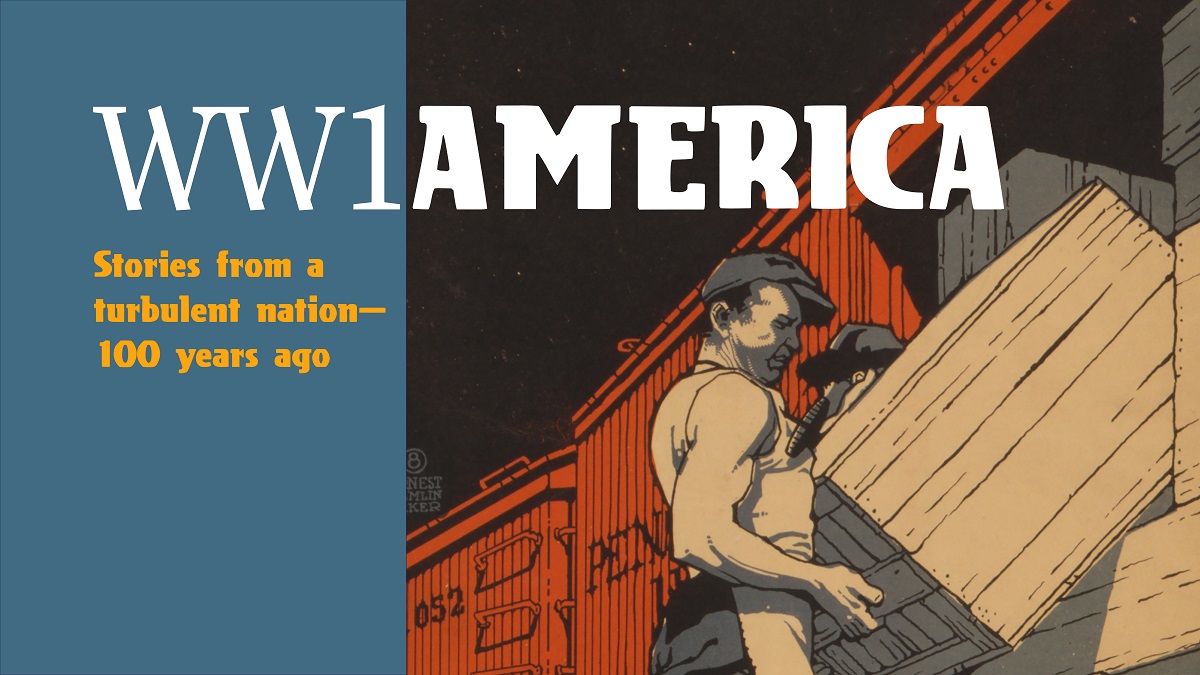
As we approach the hundredth anniversary of Armistice Day for World War I on November 11, over very own Museum of History and Industry is hosting the only exhibition on that subject on the entire West Coast. Armistice Day began as a protest against the horrors of war. It has evolved into a celebration of veterans, a very different purpose. This exhibition covers the full range of the issues raised by war, emphasizing the massive changes in US society.
First organized by the Minnesota History Center in partnership with the National Constitution Center and other institutions, MOHAI has added a significant Seattle component. Leonard Garfield, the dynamic Director of the Museum, commented at the opening, much of what we see in today’s Seattle began during World War I.
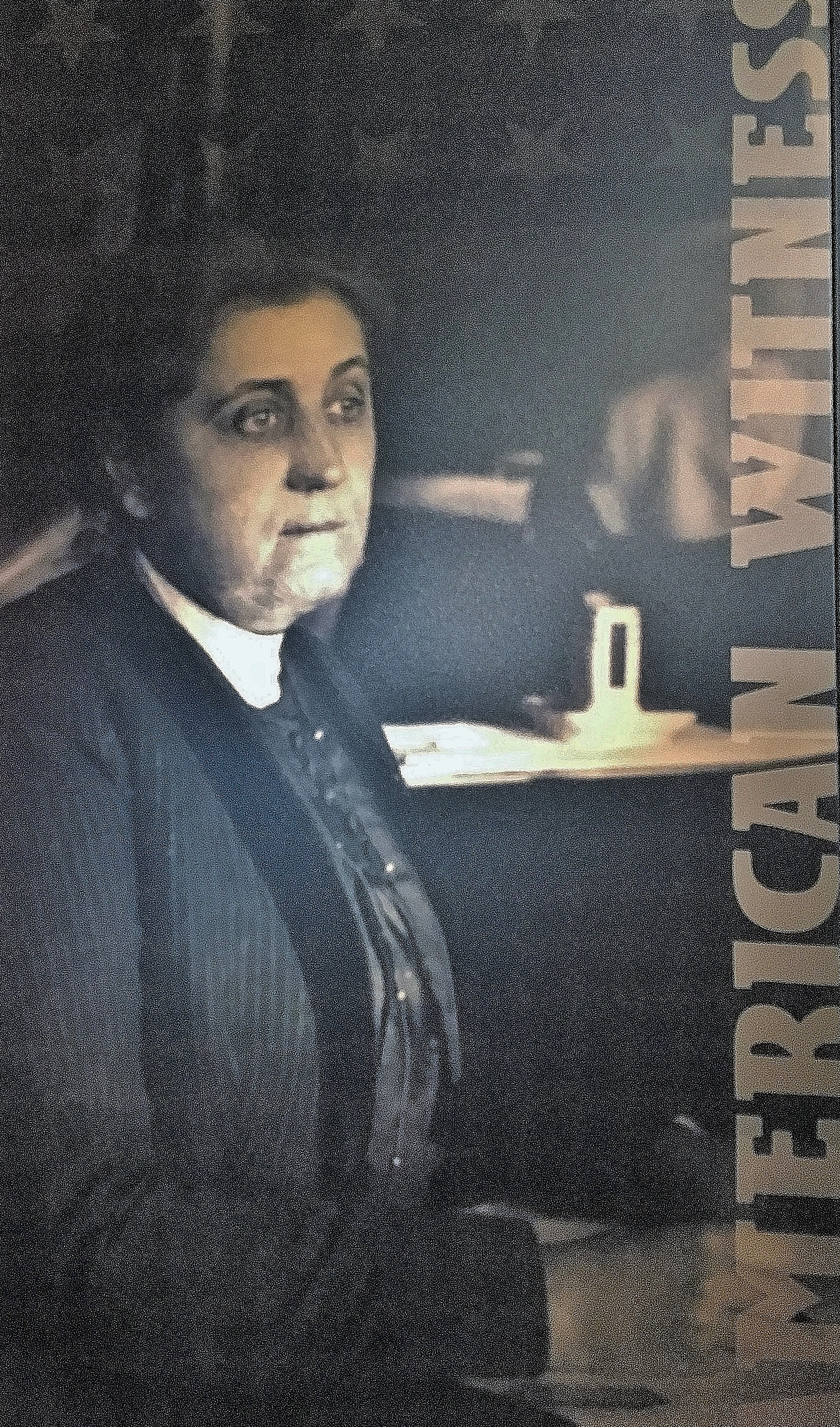
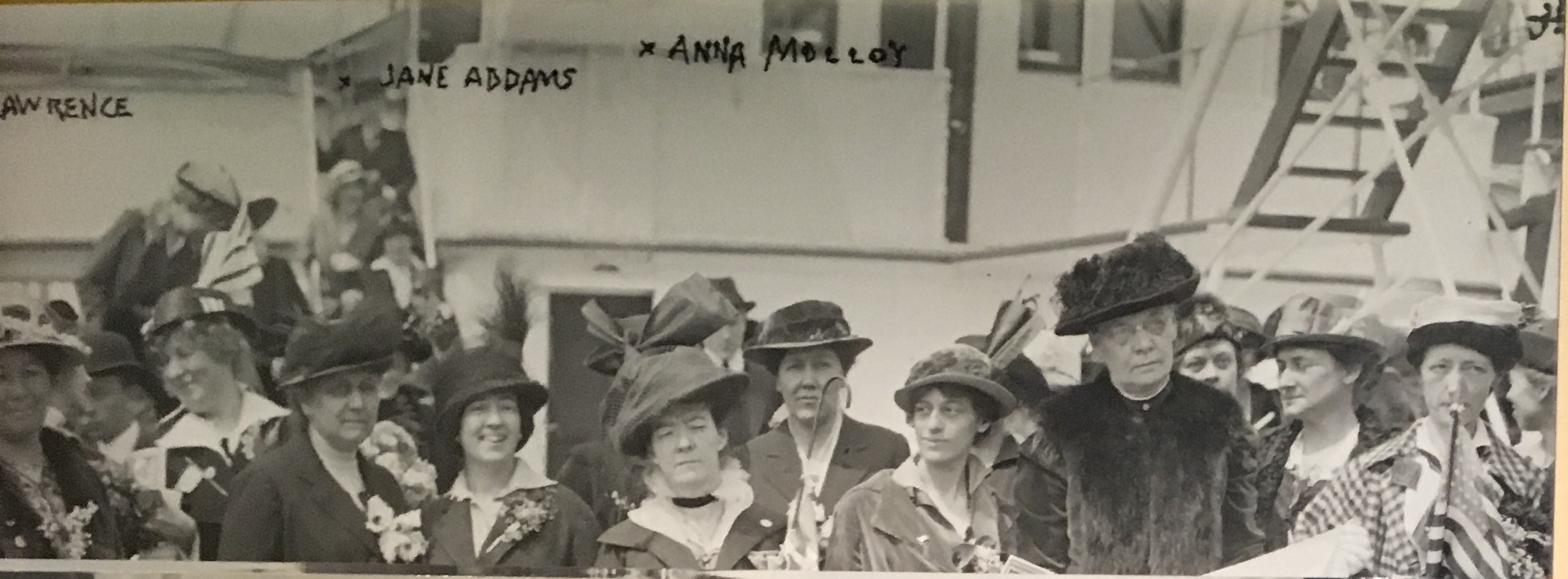
I was happy to see the anti-war movements, led by women like Jane Addams, at the beginning of the exhibition. Addams led an outcry with other women against the war as well as founding the Women’s International League of Peace and Freedom after the war, an organization that is still in existence today.
Women are prominent throughout the exhibition: Seattle Mayor Bertha Knight Landes organized women’s clubs to support the war;
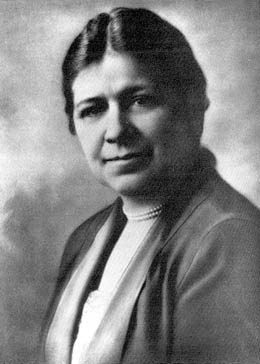
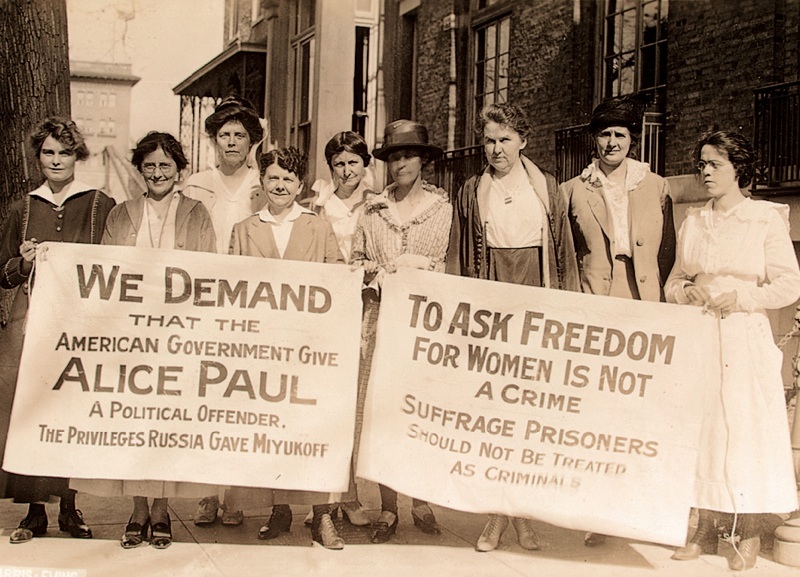
Alice Paul, a leader of women’s suffrage, protested in front of the White House, was imprisoned and then went on hunger strike. Here are some of her supporters.
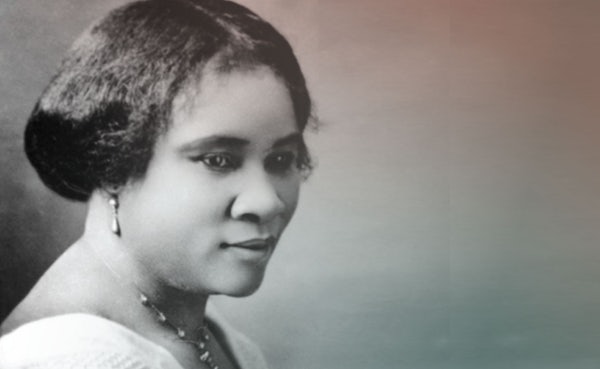
Mme C J Walker, the first female self -made millionaire through her famous hair care empire, supported the African American troops and spoke out for Civil Rights.

Women also volunteered with the Red Cross as ambulance drivers and nurses and joined the workforce here.
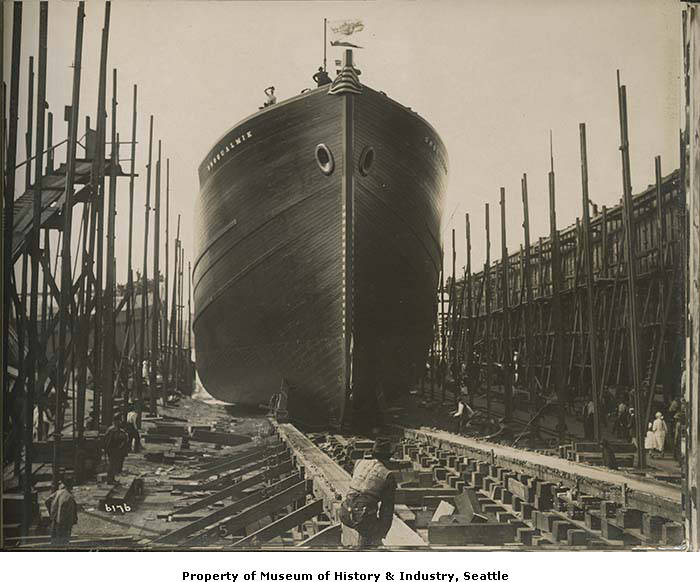
Other themes were massive industrialized war machinery, home front consumerism, conscription -with an emphasis on African Americans in the exhibiiton – here is a picture of the Harlem Hellfighters who performed outstandlingly in the Meuse Argonne battle,

the sinking of the Lusitania in 1915, popular culture such as newly invented sound recordings, Charlie Chaplin’s movies, and Houdini.

There were new treatments for veterans with disabilities (300,000 documented cases.)
The show concludes with anti immigrant furor,
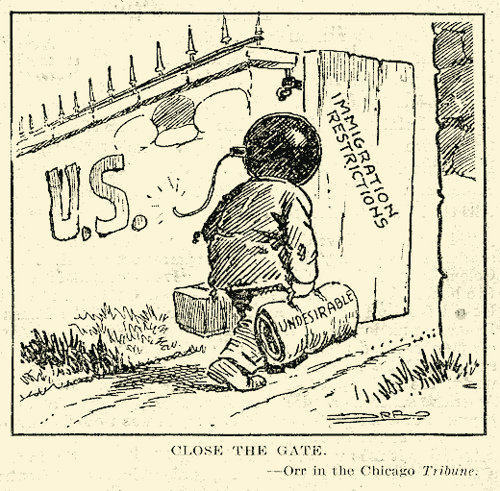
the Red Scare,
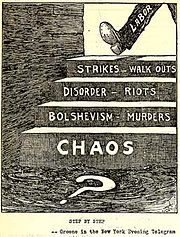
and the Seattle General Strike of 1919.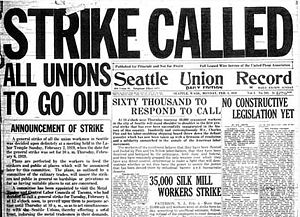
The exhibition adopts the new techniques for exhibiting historical artifacts that incorporate our input with touch screens, and other tricks.

For example we are asked to judge punishment based on the 1917 Sedition Act that was applied to Edward Snowden.
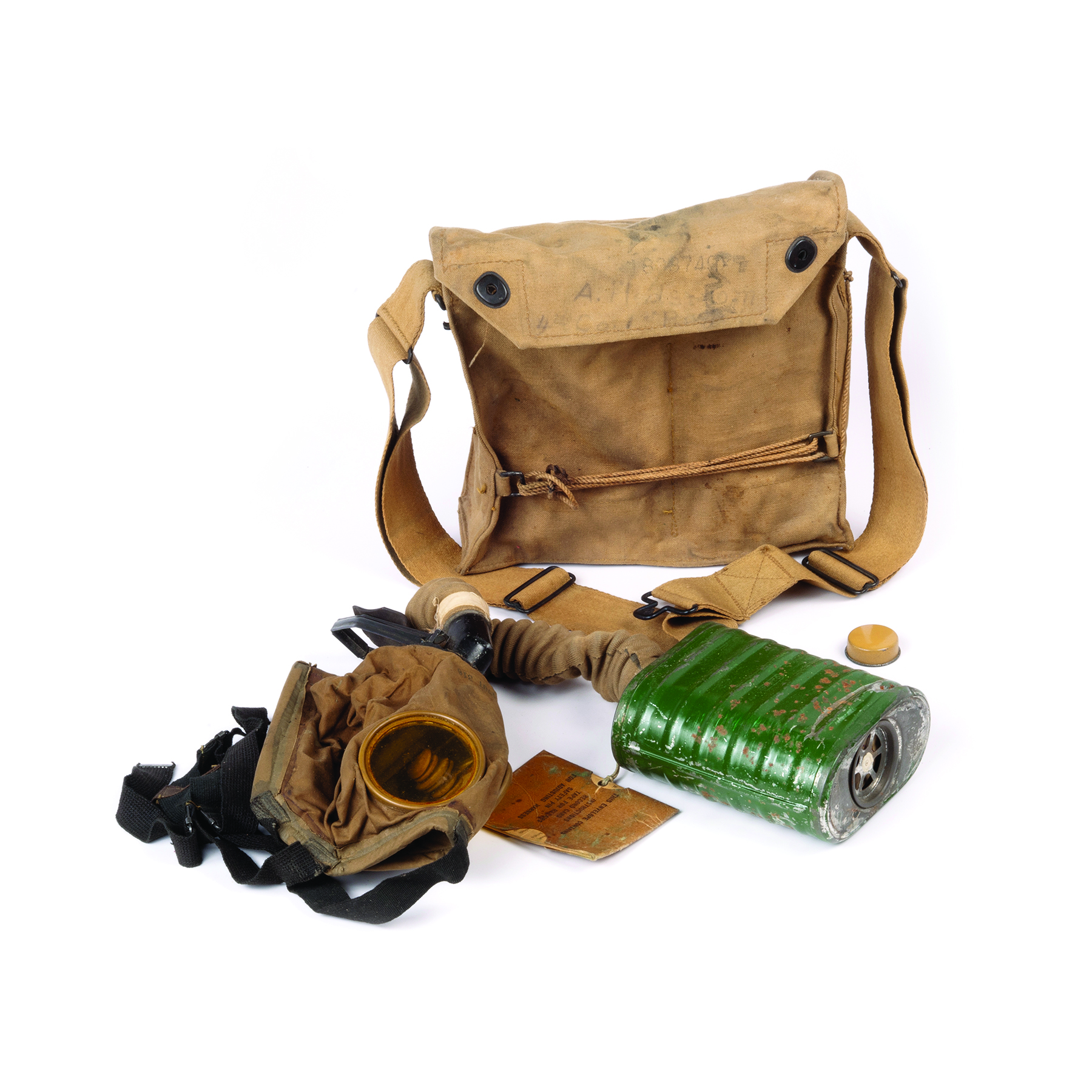
But, looking at an artifact like a gas mask cannot convey the feeling of a young soldier when a call goes out to don the mask as a green cloud of poisonous gas descended. Not to mention that we cannot possibly grasp the horrors of war.
Part II Personal History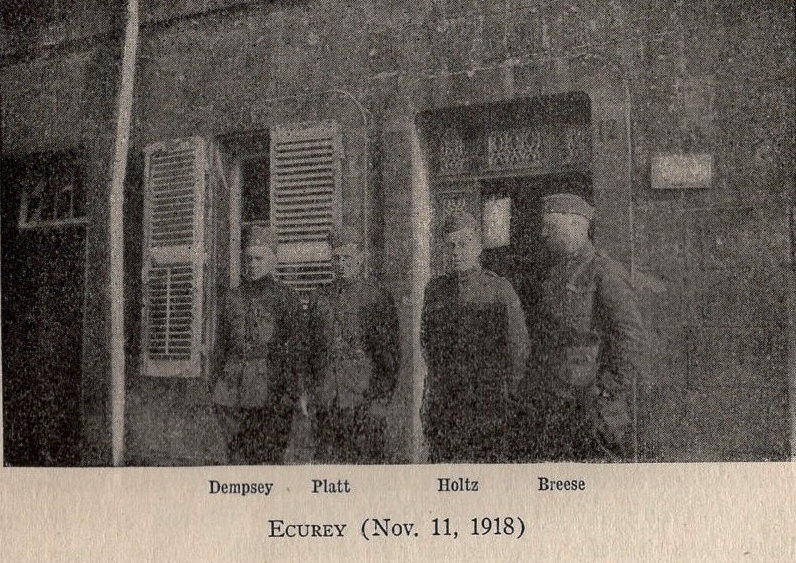
I got a distant sense of the horrors because my father ( in the end First Lieutenant) Rutherford H. Platt, fought in World War I and wrote up the history of his “Battery F 323rd Field Artillery.” It details their movements and actions in training, travelling to France, their participation in the battle of the Meuse-Argonne ( in the “Argonne Forest” as you see just dead trees by then) and Verdun (September – November 1918) in which half of the deaths of American soldiers occurred.
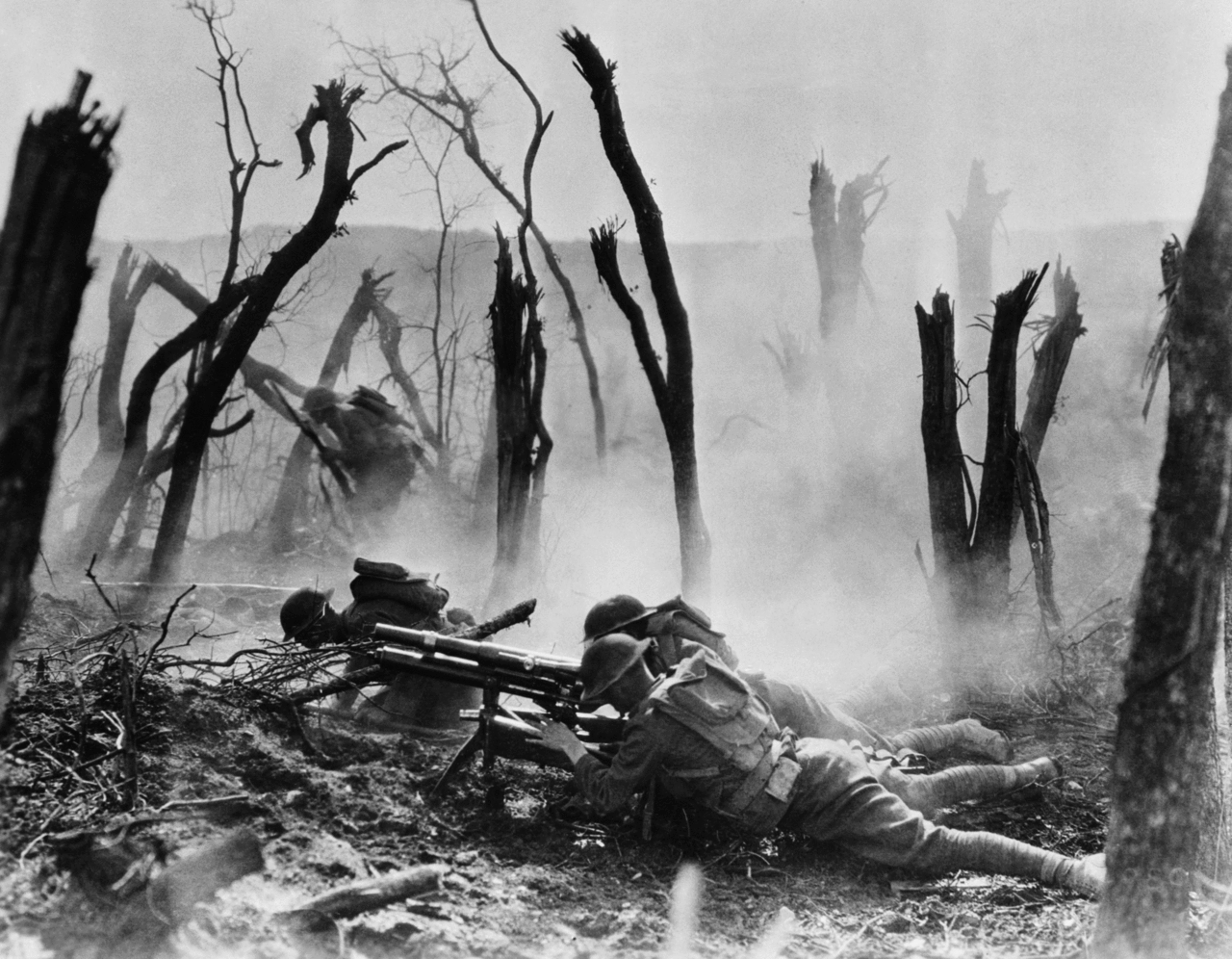
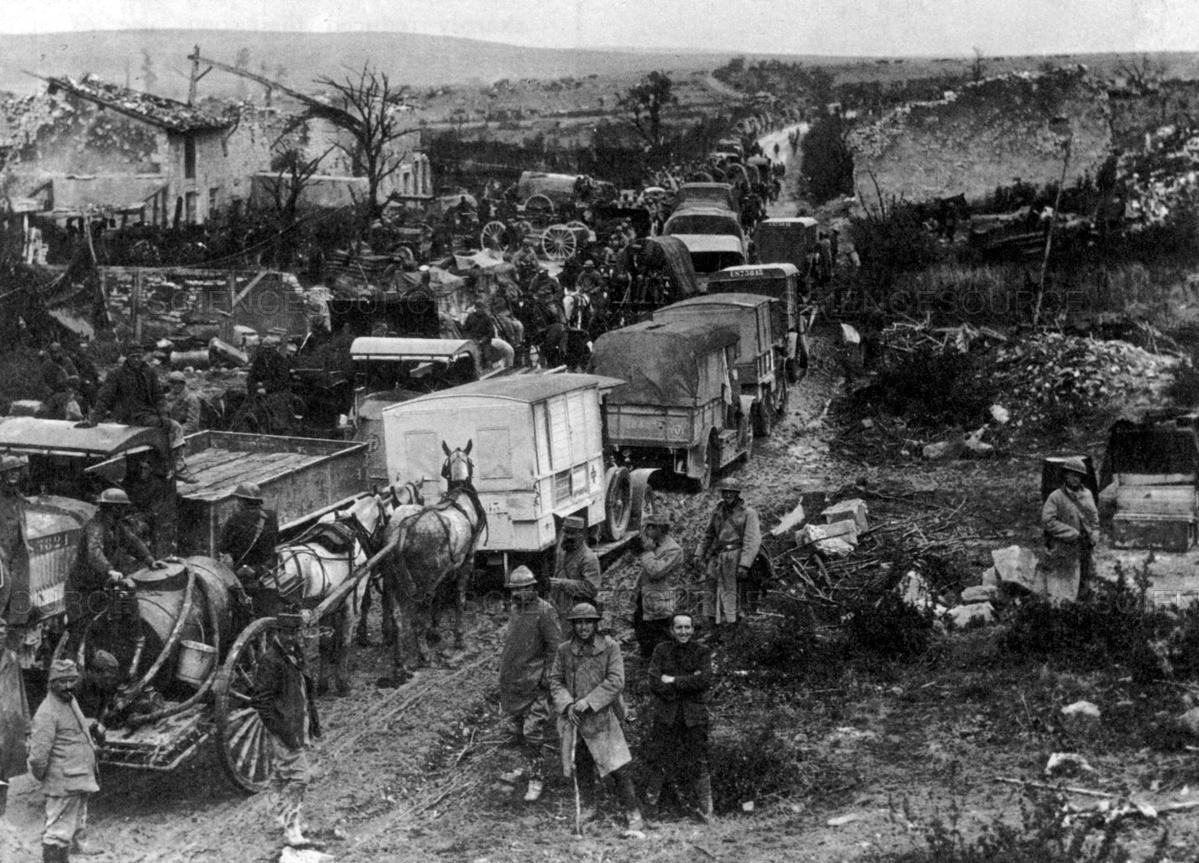
He and his fellow soldiers in Battery F were fortunate in being held in reserve most of the time, although they did experience frequent fire fights and constant shelling, a traumatic experience that often went on for days and meant instant death if a soldier took a direct hit. The shells were fired without seeing the target however, and so frequently missed. But the constant sound, stress, and possibility of death meant huge trauma.
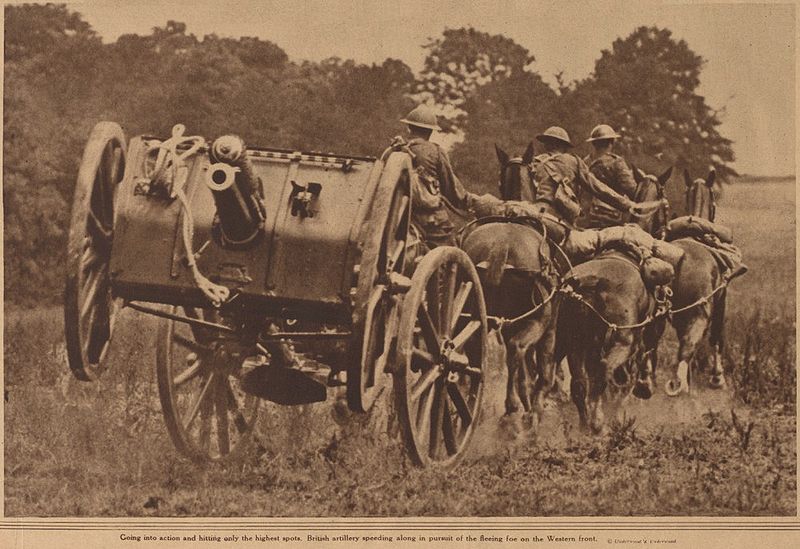
The book frequently refers to the caring and condition of the hundreds of horses who hauled the equipment up and down muddy hills, and uneven roads. Although we may have seen War Horse, the dramatic play about one World War I horse, we forget how many thousands of horses were in the war and how many died.
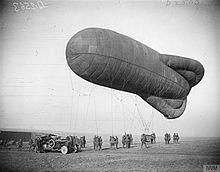
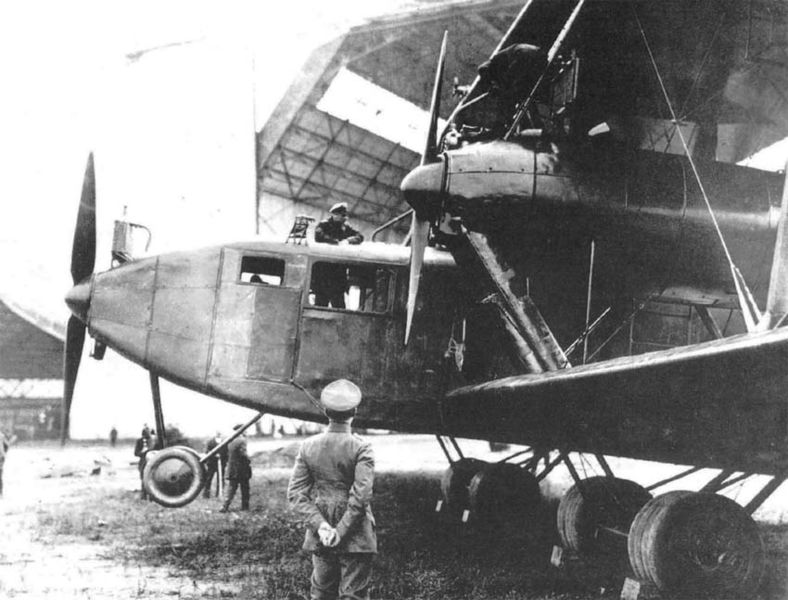
Aerial warfare was a newly destructive force in 1918 that the book dramatically describes, juxtaposed to the now archaic observation balloons that were frequently strafed by airplanes.
The chaotic communications, endless hours spent standing ready and waiting for the next order to move, and the ever present mud, lack of sleep and food, and anxiety, are true of all war experiences. Following the armistice, Battery F marched for two months through Germany, then finally returned home in May.
My father never talked about his war experiences.
But for some strange reason, he woke us up every morning with “reveille” an echo of his army experience.
He also published the war stories of one of the officers that trained him to be a soldier. Mr Archer USA is an “oral history as told to R.H. Platt” of an Army professional who signed up at 16, immediately went to Cuba at the same time as the Rough Riders, went into the “Forbidden City” during the Boxer Rebellion and spent years in the Philippines serving under Pershing who went on to be head of all American Forces in World War I.
Part 3
Many US soldiers lost their lives in 1917-1918, but it cannot be compared to the horrific slaughter of young men from Great Britain, Germany and and other countries. My British husband’s father and all but one of his uncles (who was a conscientious objector) fought in the war, one died, all were traumatized. His uncle, Charles Carrington, spoke and wrote of his experiences as a 20 year old officer,
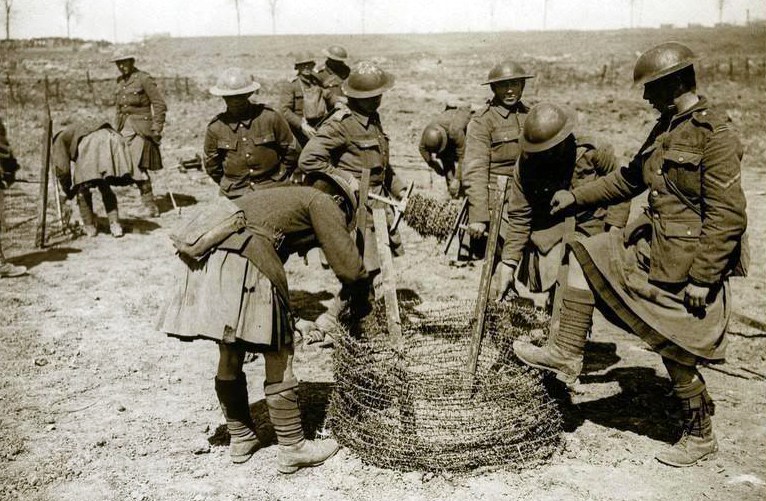

giving us minute detail on the huge challenges (such as silently carrying rolls of barbed wire in a zigzag trench at night), the horrific sound of the war with the newly created industrial guns, and his training of young men to be sent off to die as late as September 1918.
But the greatest loss of life occurred after the war with the Influenza epidemic. Seattle again is featured as proactive in preventing its spread.
Leonard Garfield declared about the exhibition at MOHAI “WWI America tells a huge story – with consequences that continue to ripple through our world and our community today.”
How true that is! We are now in permanent war, and permanent anti war movements. Boeing is one of the largest military contractors in the world and of course, anti-immigrant hysteria escalates with each passing day. Our environmental catastrophe started escalating in World War I and the military continues to emit tons of toxic chemicals and pollution.
“WWI America” Museum of History and Industry
Sept 1, 2018 to Feb 10 2019
MOHAI will be hosting these important events: October 3 “Coughs and Sneezes Spread Diseased: The Spanish Flu Epidemic,” October 20 “Fashion during World War I” October 20, and December 5 “Dissent:Patriotism or Treason?”
On the weekend of November 11, the 100th anniversary of the Armistice, Bells for Peace will ring nationwide at 11am. MOHAI will have a series of events from Saturday to Monday (https://mohai.org/exhibits/ww1-america/check for details).
This entry was posted on September 25, 2018 and is filed under Uncategorized.








